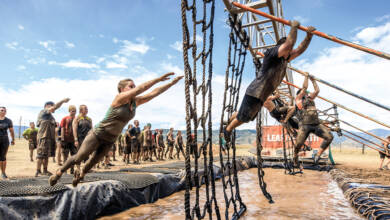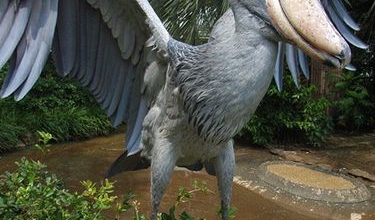The Arabian horse breed goes back thousands of years. Its striking beauty and even temperament have made it a popular breeding horse throughout the ages.
Arabians have contributed their elegance, spirit, and intelligence to almost every light horse breed that exists. Many pony and warmblood breeds also count the athletic Arabian among their ancestors.
Breed Overview
- WEIGHT: 800 to 1,000 pounds
- HEIGHT: 14 hands (56 inches) to 16 hands (64 inches)
- BODY TYPE: Lithe, compact body; small, wedge-shaped head; long, arched neck
- BEST FOR: Experienced owners and riders
- LIFE EXPECTANCY: 30 years
Arabian Horse History and Origins
While the very beginnings of the Arabian horse are hidden in the ancient desert sands, most experts agree Arabians originated in the vicinity of the Arabian Peninsula.
The Bedouin tribes have traced their common history with these horses back to 3000 B.C., keeping meticulous ancestral records, or pedigrees. The modern breed’s hardiness is a result of the harsh desert climate and terrain from which it evolved.
The horses were used for transportation, hauling loads, and war mounts. So prized were these horses that some keepers brought them into their families’ tents at night for warmth and protection.
Eventually, Arabian horses spread throughout Europe and beyond due to both war and trade. Genghis Khan, Napoleon Bonaparte, George Washington, and Alexander the Great are among the many historical figures who owned and rode Arabians. And the prophet Mohammed urged his followers to treat their Arabian horses with kindness and respect.
They arrived in the United States in the 1700s. And in 1908, the Arabian Horse Registry of America was founded.
Arabian Horse Breeding and Uses
Arabian horses largely were bred for their endurance and athleticism, even in harsh conditions. Their compact bodies give them both balance and strength. And because of this, Arabians excel in almost every horse sport.
They are the horses of choice for long-distance trail competitions and are capable of traveling long distances over challenging terrain in intense heat. They also make elegant dressage horses, provide thrills comparable to any thoroughbred on the racetrack, and are impressive in the show ring. Plus, they’re used for pleasure riding and as working ranch horses.
Colors and Markings
The Arabian Horse Association recognizes the coat colors of bay, gray, chestnut, black, and roan. Arabians also can have white facial markings and socks or stockings on their legs. Some bloodlines are known for their specific appearances, such as the high white socks and white faces of the Crabbet bloodline.
Arabians are never dun, cremello, palomino, or buckskin because purebreds don’t carry dilutions genes. Sabino, a type of white pattern on the skin and coat, is the only spotted pattern now carried in pure Arabian lines.
The skin of the Arabian horse is black, except for under white markings. The dark pigmentation protected the horses against the harsh desert sun.
Unique Characteristics of the Arabian Horse
While they’re ancestors of many modern-day horses, many traits set Arabians apart from other breeds. Arabians are known for their long, arched necks and high tail carriage.
They have floating gaits and are smooth to ride for their size. They’re also renowned for their endurance, which makes them competitive in equestrian sports.





